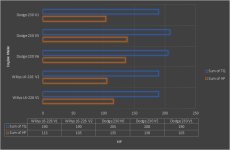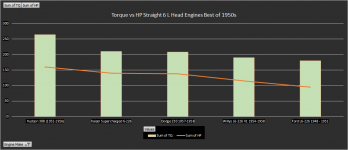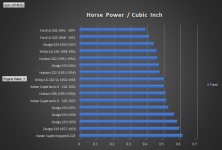vintagetrk
Well Oiled
I was just looking through the interweb and noticed that there are 2 different HP ratings for the 226. One is 115 hp the other is 105 hp. Approx what year was this change made and how can you tell if your engine is the higher hp motor? Did the torque ratings change as well? I imagine the torque curve was changed to take advantage of power down low?
Addition: Found it _ The 226 used between 1954-1958 has a slightly higher horsepower rating than the later 226. Note that the Bore and Stroke specs do not add up to the proper displacement !!
Source: http://www.offroaders.com/tech/jeep/engine-factory-willys226i6.htm
Addition: Found it _ The 226 used between 1954-1958 has a slightly higher horsepower rating than the later 226. Note that the Bore and Stroke specs do not add up to the proper displacement !!
Source: http://www.offroaders.com/tech/jeep/engine-factory-willys226i6.htm



